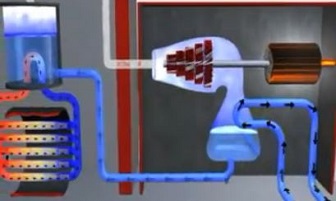Friday Nuclear Matinee: Nuclear Power – How It Works
With Unit 6 returning from a planned maintenance outage earlier this week, all 8 reactors at the world's largest nuclear electrical generating station are now online, generating emission-free electricity from the Bruce Nuclear Generating Station in Ontario, Canada ("Full Power at the Bruce").











